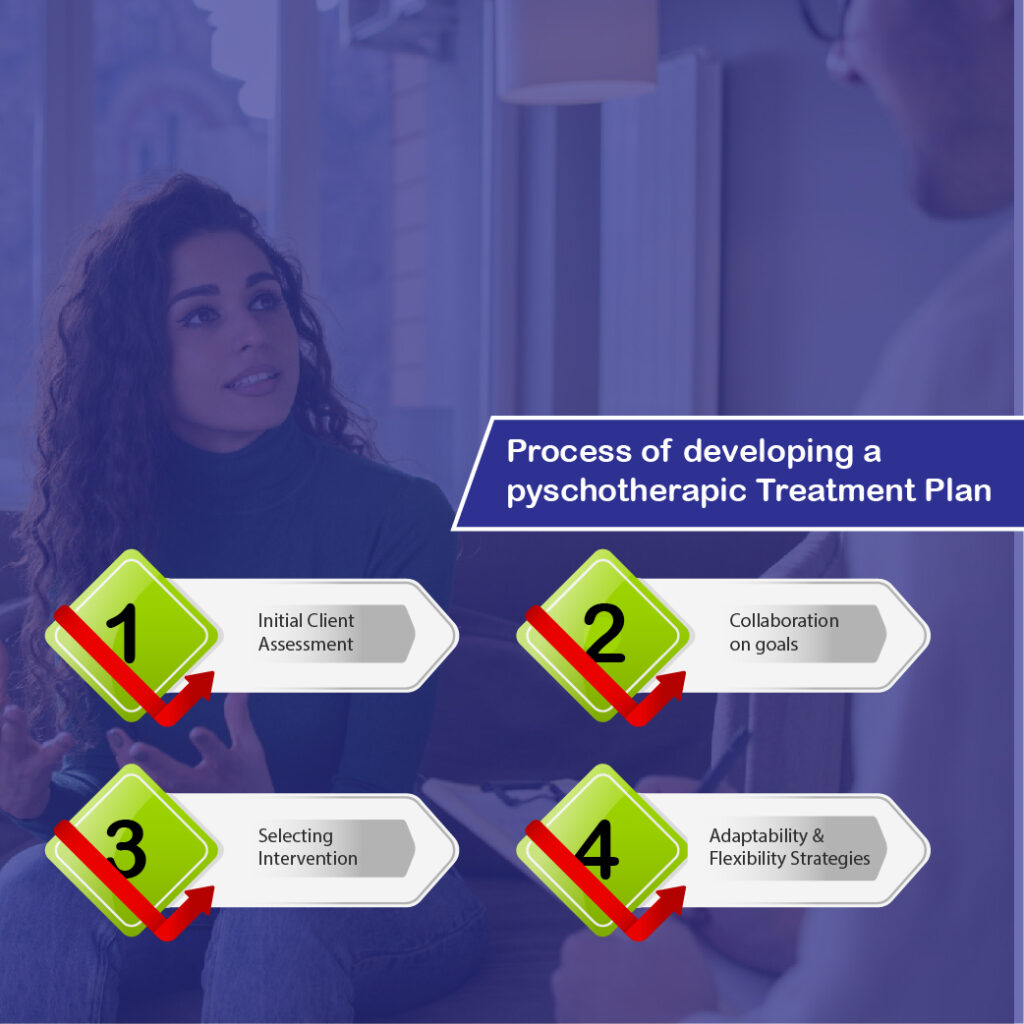
Life conditions, responsibilities, and development must inform adult treatment. Adult therapy approaches must consider career, relationships, family, and past experiences. A plan that resonates and motivates therapy must also consider cultural background, beliefs, and personal preferences. For more information, visit now.

A good treatment strategy begins with a client assessment. It involves gathering client history, concerns, therapy goals, and mental health issues. Therapists use interviews, questionnaires, and psychological exams to understand clients.
Therapy goal-setting involves client-therapist cooperation. It makes goals feasible, meaningful, and client-aligned. Collaboration boosts ownership, drive, and therapy commitment.
The therapist picks strategies and approaches to address client needs after assessing and defining goals. Therapy may include conversation, cognitive-behavioral, mindfulness, or exposure. Personality, preferences, and obstacles determine selection.
A successful treatment plan acknowledges therapy’s fluidity. Flexibility is needed for client growth, demands, and external influences. To keep treatment effective, therapists should be flexible with goals and approaches.
Treatment must be tailored to the patient. What works for one client may not for another. Customized therapy boosts client engagement.
Timing and organizing therapy sessions helps organize and progress. Maintaining momentum and helping the therapist and client track improvement requires consistent sessions, frequency, and duration.
Methods based on evidence Implement integrative practices based on research and clinical efficacy. This integration demonstrates that therapy strategies have helped connect issues.
Practical treatment planners anticipate and resolve therapy issues. Options include alternate therapies, ways to handle resistance and setbacks, and plans for tough therapy times.
After creating the treatment plan, it must be implemented and monitored. The therapist and client implement strategies and treatments. Goal progress is assessed and checked regularly.
Treatment approach flexibility facilitates adjustments. Periodic exams help therapists evaluate strengths and deficiencies. Discussing these components with the client helps adapt the plan to their needs.
Client participation in monitoring empowers them. Promote open communication and ask for treatment plan feedback to ensure their voice is heard and improvements are made. Such involvement improves therapy collaboration.
A successful psychotherapy treatment plan has many parts. Each element is crucial to success, from assessment and collaborative goal planning to implementation, monitoring, and flexibility in making adjustments.
Therapists and clients follow psychotherapy treatment programs. Personalization, progress tracking, and collaboration boost therapy outcomes.
Developing and implementing a custom treatment plan indicates the therapist’s commitment to the client’s mental and emotional health. Adjusting these programs helps therapists maximize clients’ positive transformation and progress.
Client participation in monitoring empowers them. Promote open communication and ask for treatment plan feedback to ensure their voice is heard and improvements are made. Such involvement improves therapy collaboration.